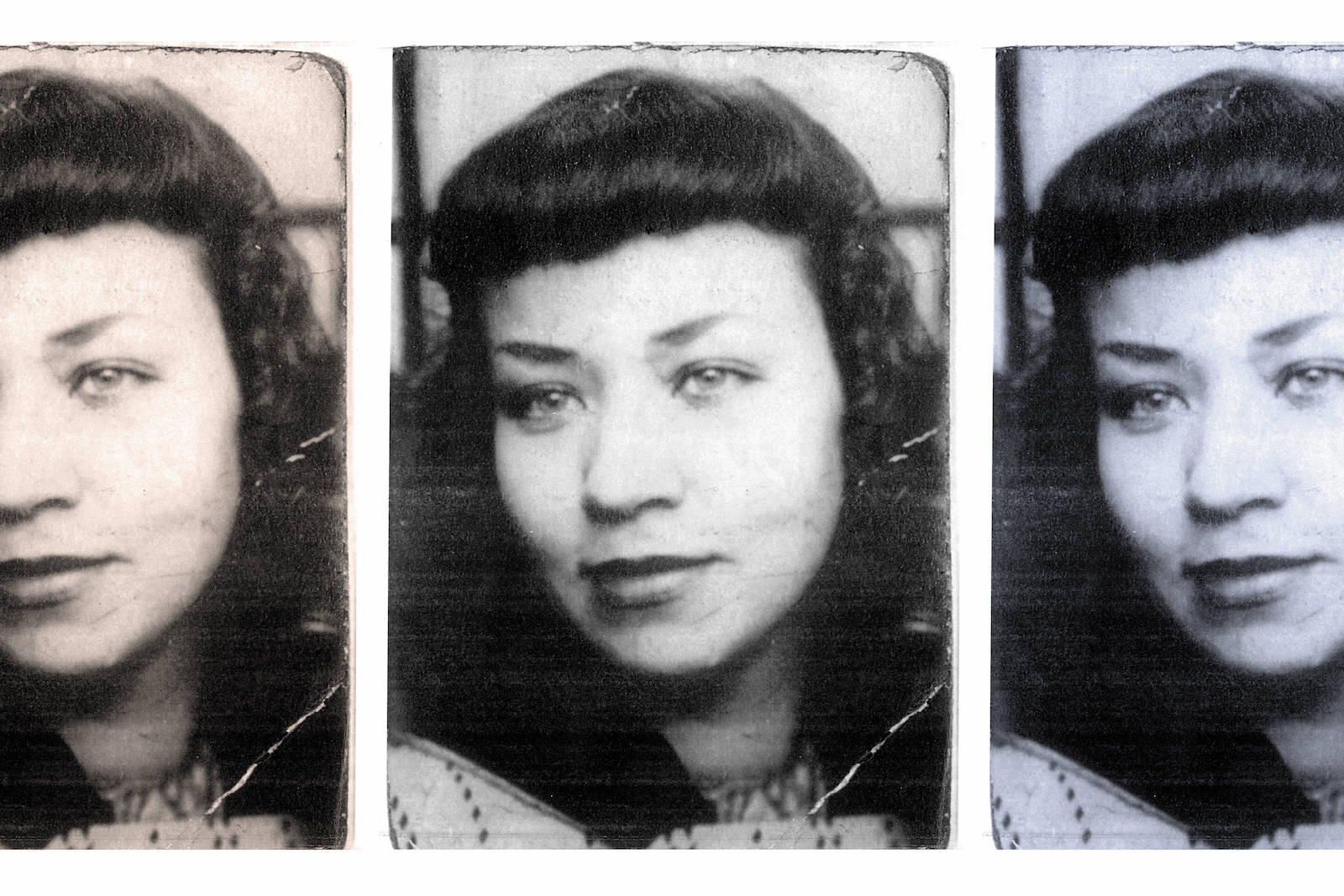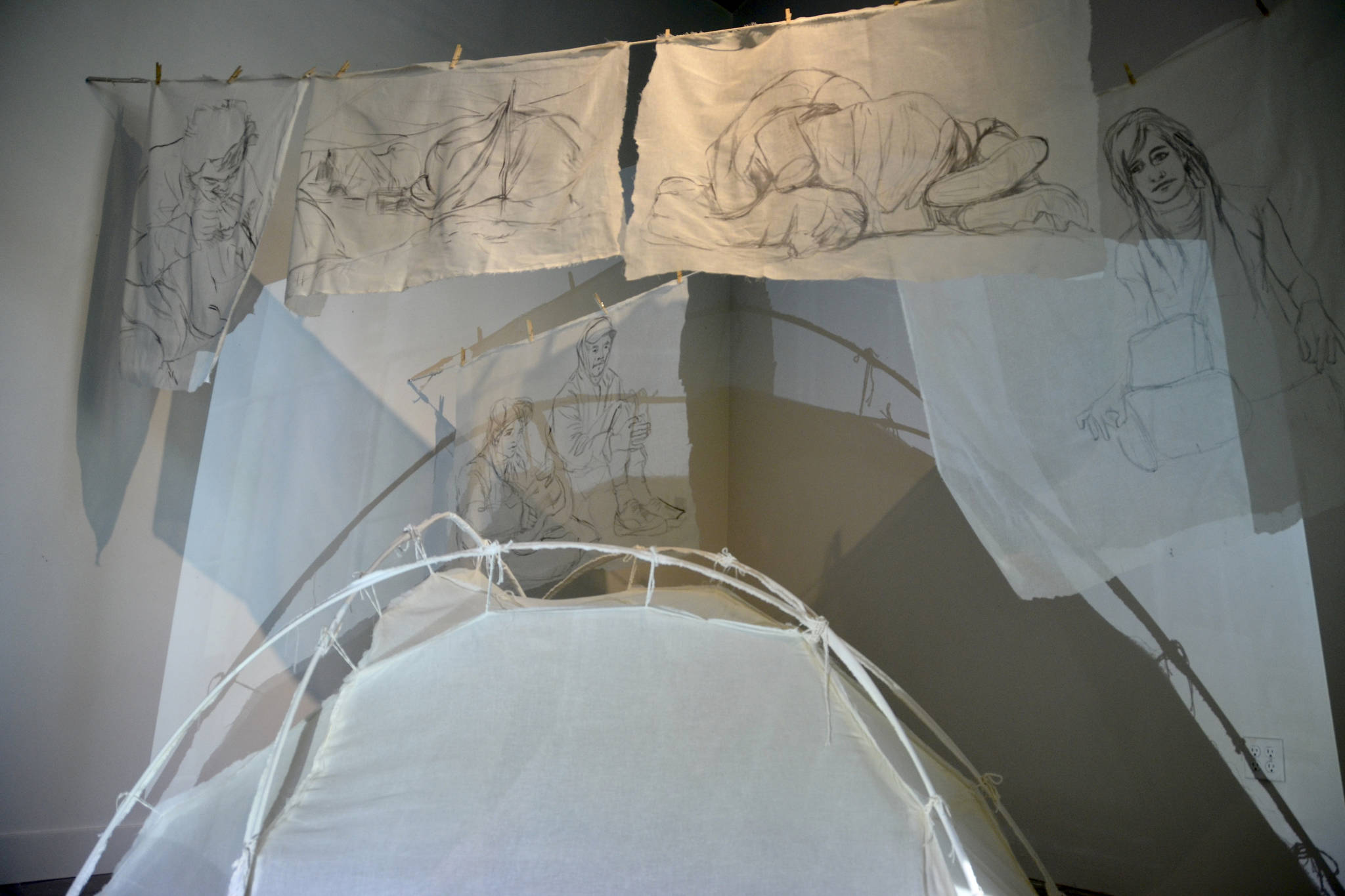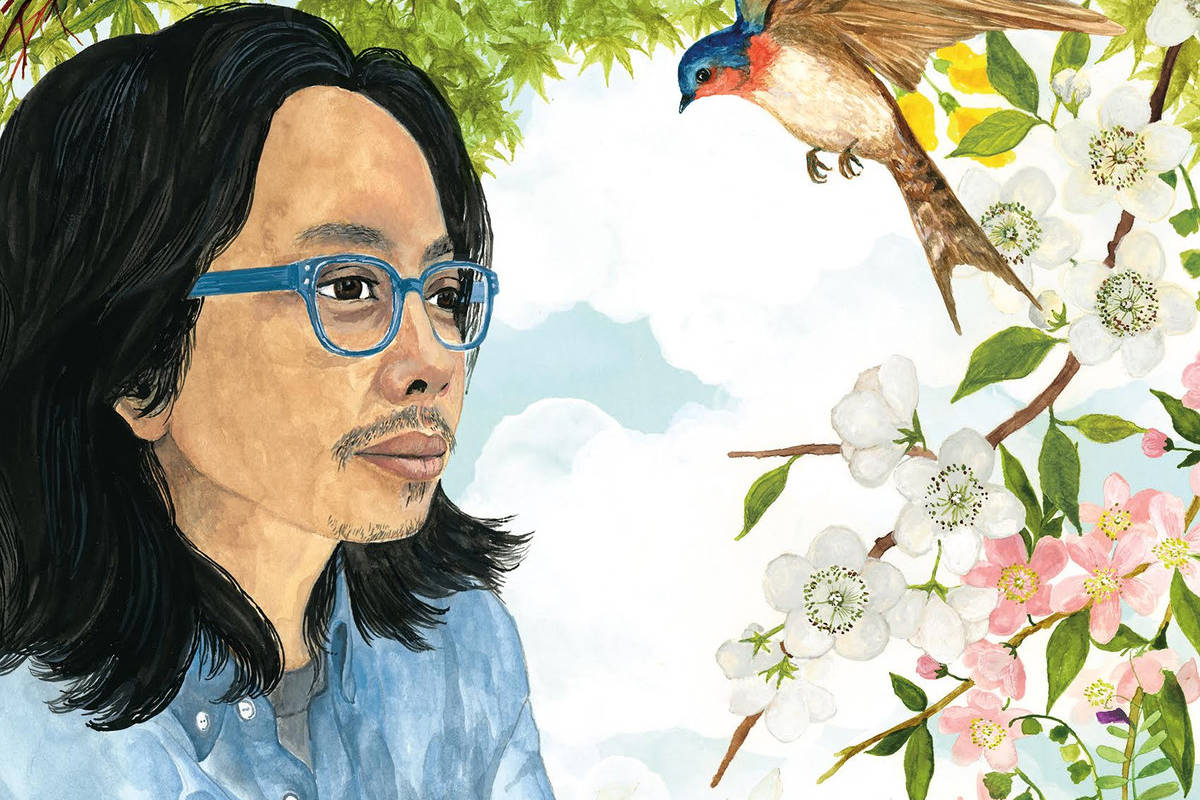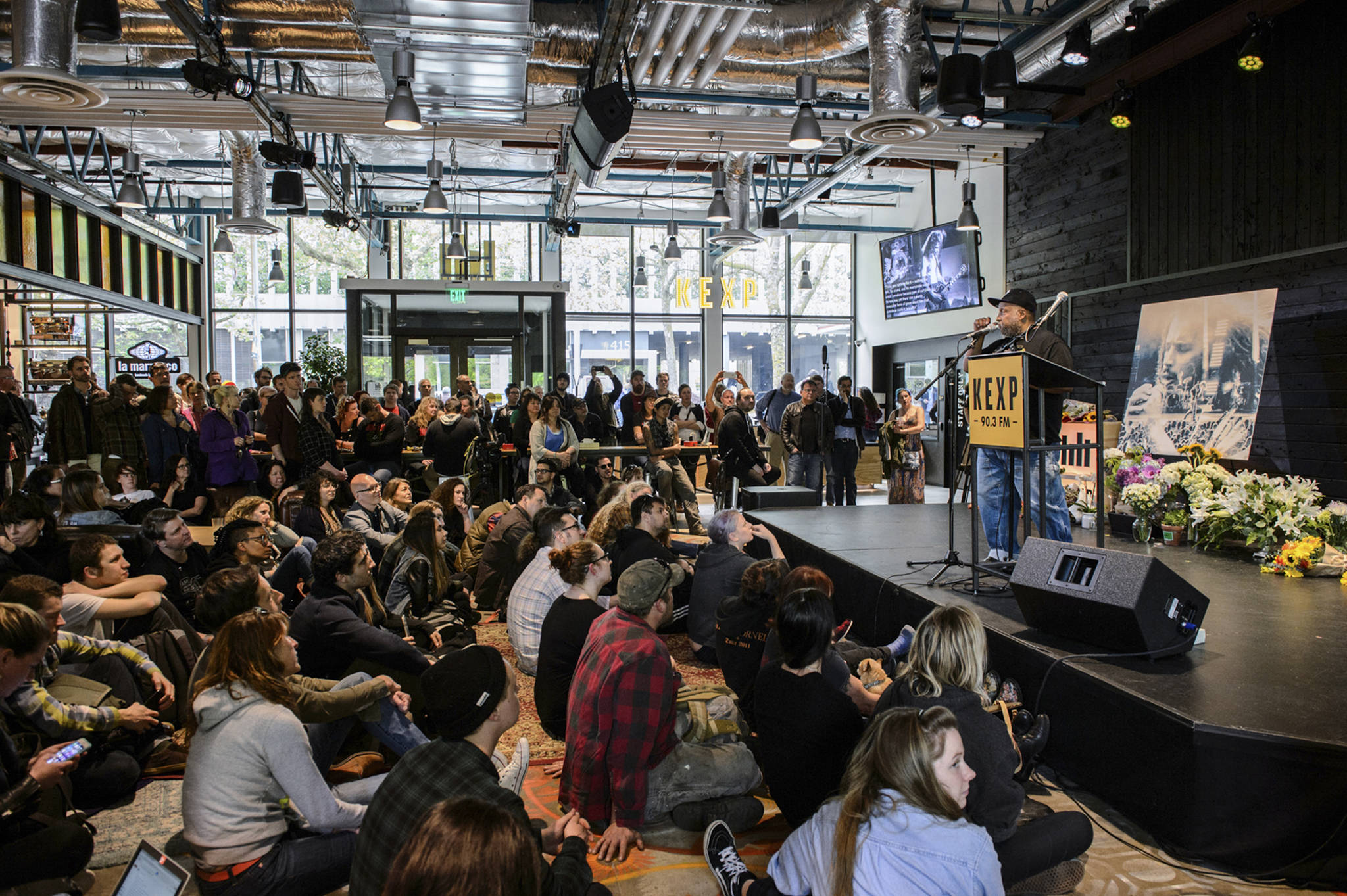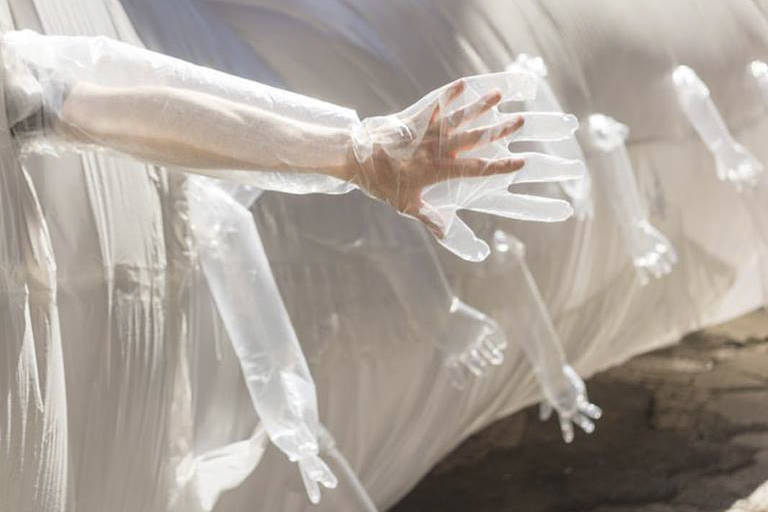On the corner of Second Avenue South and Washington Street, a brick building sits anonymously. Unlike the wall across the street, this building boasts no impressive graffiti. It features only a few tags: black, white, and yellow paint. It’s old, like the rest of Pioneer Square, home to Barney’s Jewelry and Loan on one end and a smoke shop on the other. Between them lies the former site of the Casino, one of the West Coast’s oldest gay bars until its transformation into a diner in the mid-1950s. Passing by the old brick building, one can still spot the fading white letters on the black sign.
In the first half of the 20th century, Pioneer Square was home to the kind of people that don’t always end up in history books: Blacks, Natives, working class and LGBTQ folks. Chinese immigrants, lesbian mothers, and urban indigenous peoples made room for one another in the shared spaces of bars, diners, and clubs, a police payoff system saving them (though only sometimes) from the throes of mainstream society.
Through photographs, documents, and poetry, Seattle artist Storme Webber’s first solo exhibition, Casino: A Palimpsest, at the Frye, honors these people. It’s a personal history of the Casino, told through the lens of her family’s ties there: her Black Choctaw and bisexual father from Texas and her Seattle-born mother—a descendant of the Sugpiaq (Alutiiq) people of Seldovia, Alaska—who came out as a lesbian in the 1950s. But it’s about her other ancestors, too. Through telling their stories she reveals a larger narrative about Seattle’s history, one that often gets left behind as the city evolves, and which Webber believes is particularly important in the here and now. At the national level, Webber says “People are constantly being incited to hate someone else.” At the local level, people who have formed an important part of Seattle’s history are being pushed out of the city due to gentrification. “It’s really important that people, at this moment, stay strong and unafraid,” says Webber. “And one way that I’ve found to stay strong and unafraid is to think of my ancestors, to think of what they’ve survived.”
For Webber, the building that was once the Casino is a place where memory resides. The word “palimpsest” comes from textual studies: a document on which the original text has been covered with something new. The older writing, like the past that Webber uncovers, has faded, but not been completely erased. It’s still there in the old brick buildings of Pioneer Square and, more important, in the people who have remained there. That’s part of Webber’s message: Seattle may be changing, but we’re still here.
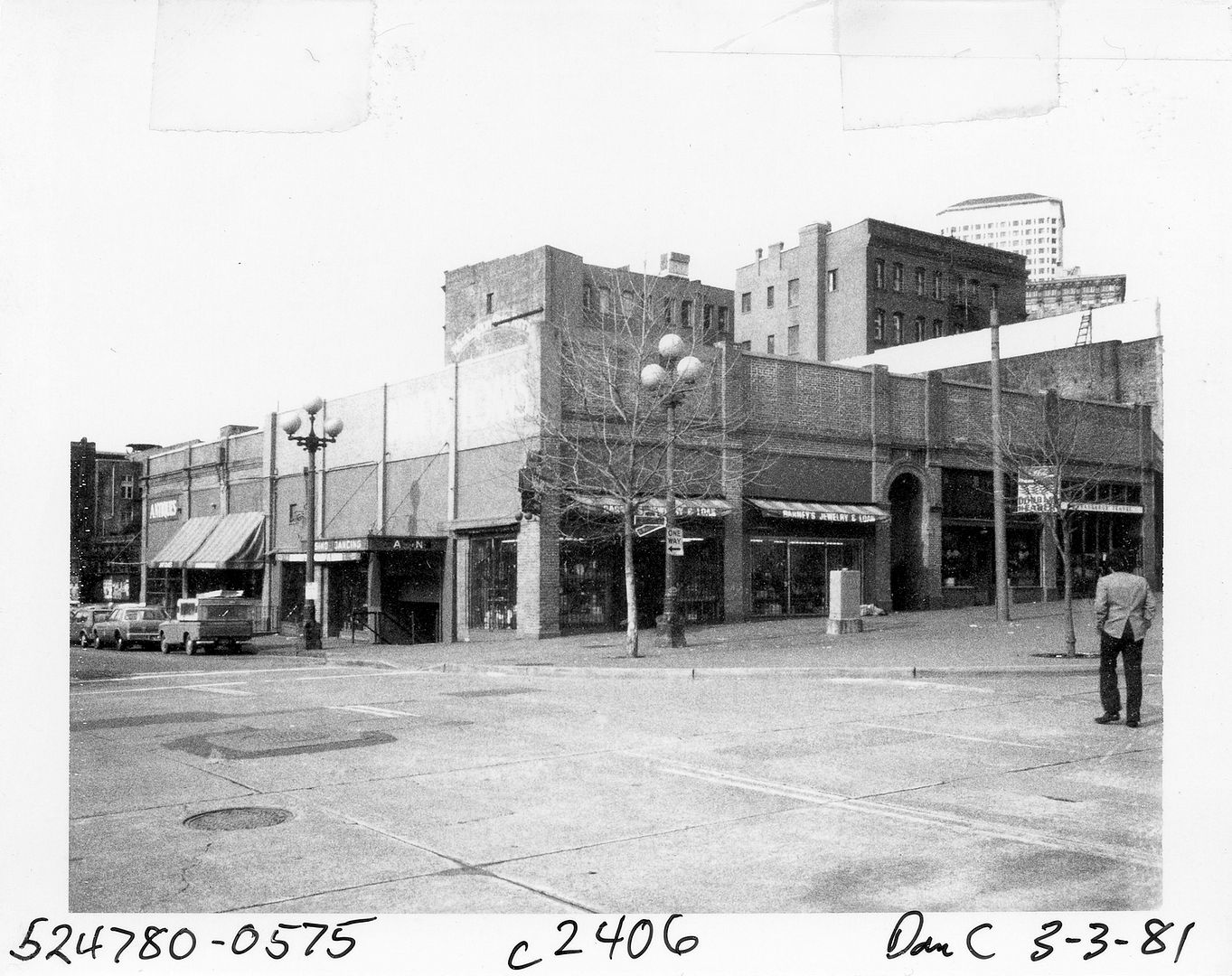 The Casino on the corner, 1981. Courtesy Puget Sound Regional Archives
The Casino on the corner, 1981. Courtesy Puget Sound Regional Archives
Webber’s exhibit is divided into two parts. It begins with photographs of the waterfront and buildings from the late 19th and early 20th centuries. Among them are the Casino and bars that were havens for marginalized people of the time. Beside these photos are land-use surveys from the Works Progress Administration. A short explanation to the side informs the viewer that many of the surveys taken by the WPA in King County were later marked “void” due to several mistakes made. Here, Webber is making a historiographical point: We can’t always trust sources traditionally considered authoritative. They’re not always right, and often voices are missing.
“There’s a lot of imagination [needed] to place ourselves in places where people lived,” Webber says of the difficulties she encountered putting the exhibit together. “A lot of poor people don’t have archives—archives have been reserved for the powerful, and people were forced to be in hiding at times, so it became a habit to consider [keeping records] dangerous.”
Webber’s been looking at her family history for decades, and lining the exhibit’s walls are photos of her ancestors that stretch back generations. But the Frye isn’t a history museum, and the exhibit isn’t meant to instruct, rather to honor and remember the forgotten voices of Seattle’s past. Farther down the hallway, Webber makes this clear with a request: Visitors must “indigenize” the gallery. “This is a space where I’m honoring my ancestors,” Webber said. “It’s not a commercial space. I’m welcoming people into a sacred space to be a witness. I’m asking people to not take photographs, to not video my ancestors—to just be a witness.”
Some family photos are more formal portraits, while others are taken in photo booths, with friends, laughing. They’re all connected, though, and all present in the same space. The photos aren’t chronological, but grouped; this isn’t about order, it’s about community. In the middle of the room is a kayak, traditionally used by the Sugpiaq for hunting and fishing. The boat is presented as an altar.
Webber is known for her poetry, both written and performed, and this is how she begins the process of honoring her past. Texts are presented on the exhibit’s walls while a smaller, dimly lit room allows visitors to sit and listen to recordings of the poems recited.
Webber’s first poem, which serves as a kind of focal point in the exhibit, is titled after a Billie Holiday song: “I Cover the Waterfront.” The poem is about the Casino, among other things, where Webber “felt but did not know the layers of narrative covering us.” Until July 1976, Washington had a sodomy law, prohibiting oral and anal sex, with a punishment of up to 10 years in prison. In the 1930s, ’40s, and ’50s, the Casino was one of the few locations in Seattle, and the United States, to allow same-sex dancing. Webber’s family spent time there, and though she was born after its 20-or-so years as a bar, Webber remembers it as a diner with a jukebox and some gambling—still an important gathering space within her community.
Memories arise not only from the brick walls of the Casino, but from the land the basement is carved into—land that was once the home of the Duwamish, that Webber says was disrespected by settlers just as its people were. “First layer is the deepest like a cut,” her first poem reads. “The Duwamish there. Nearby to the shoreline where canoes depart and return with what gives life.”
The poem tells the story of Webber’s grandmother, “when she flung herself into this deep water in sadness, and halfway down changed her mind,” and of Webber’s mother, who used a pawnshop as a bank. It tells of the steep stairs that descended into the darkness of the Casino: the people who fell down them and the people who made their way out again. These are stories of resilience.
As the narrative of Seattle continues to evolve with rapid growth and development, Webber says it’s all the more important to remember the city’s past. This isn’t a nostalgic call for the “good ol’ days” or a desire for visitors to see the “original” Seattle. According to Webber, thinking about Seattle’s history, and in particular the history of marginalized groups in the city, is practical.
“I’m hoping that there is a usefulness in these stories—that they can be transformed into strength and power and sustenance for the current moment. I have a high hope for that.”
Casino: A Palimpsest. Frye Art Museum. 704 Terry Ave., fryemuseum.org. Free. All ages. Ends Sun., Oct. 29.
visualarts@seattleweekly.com
